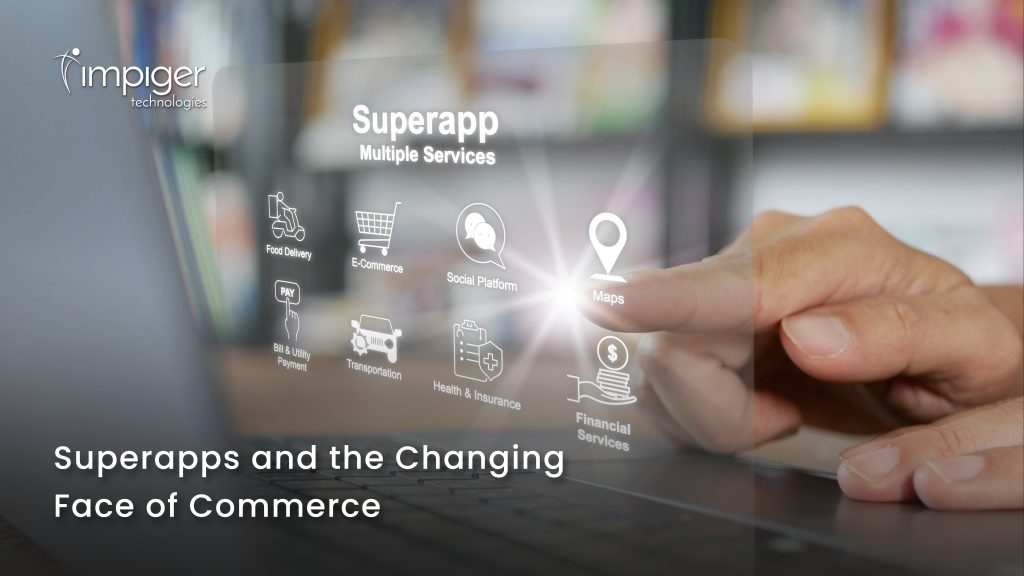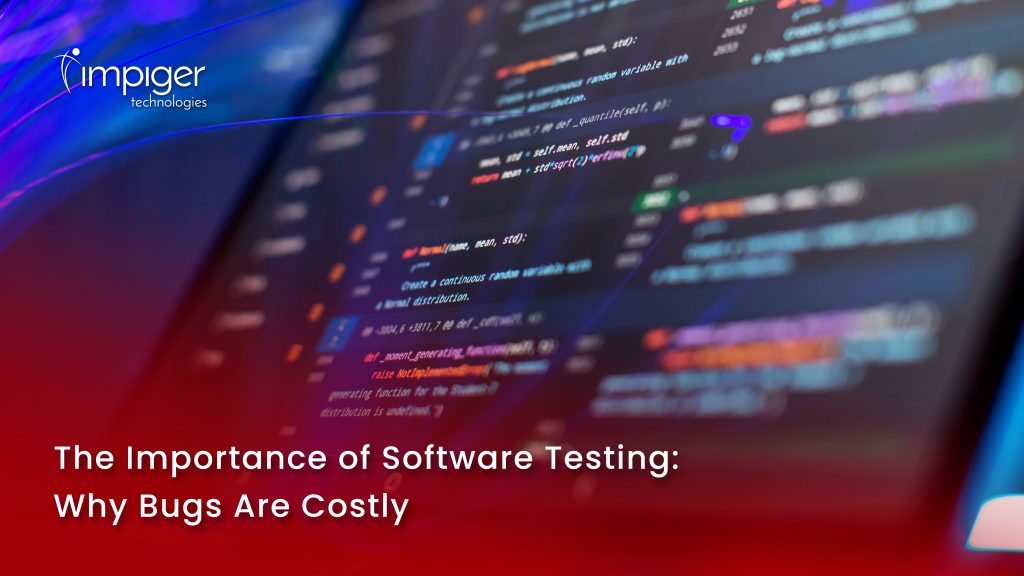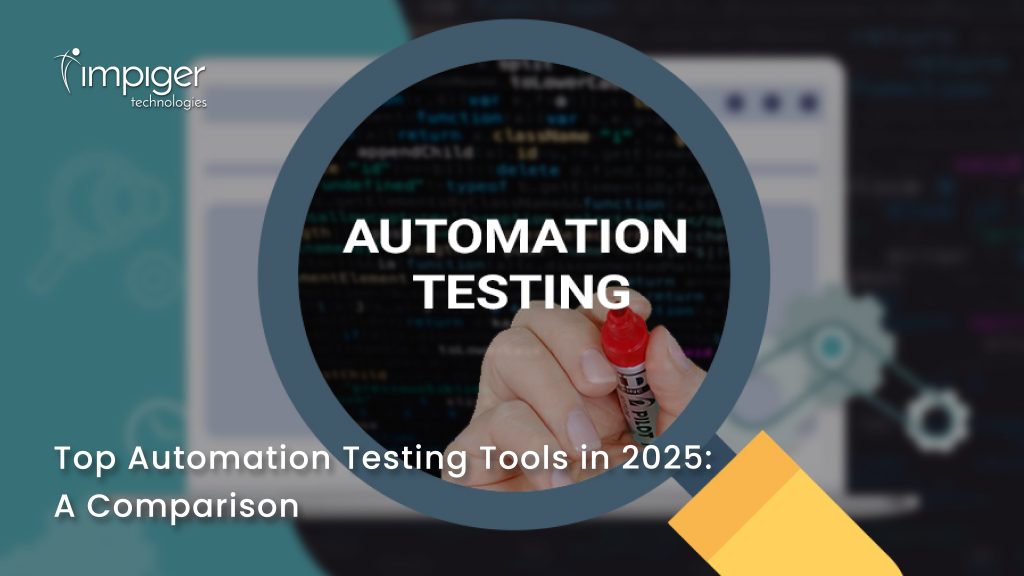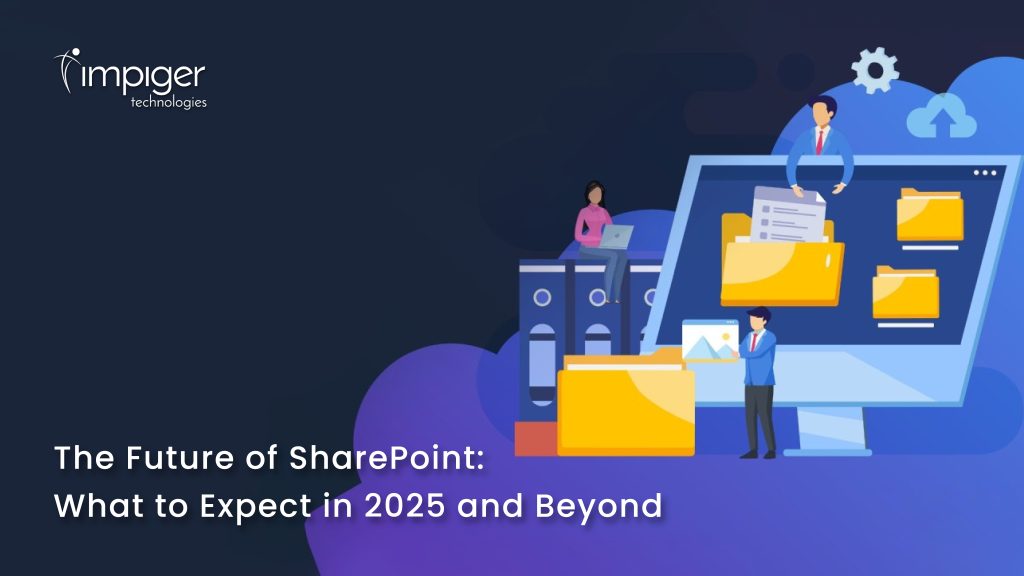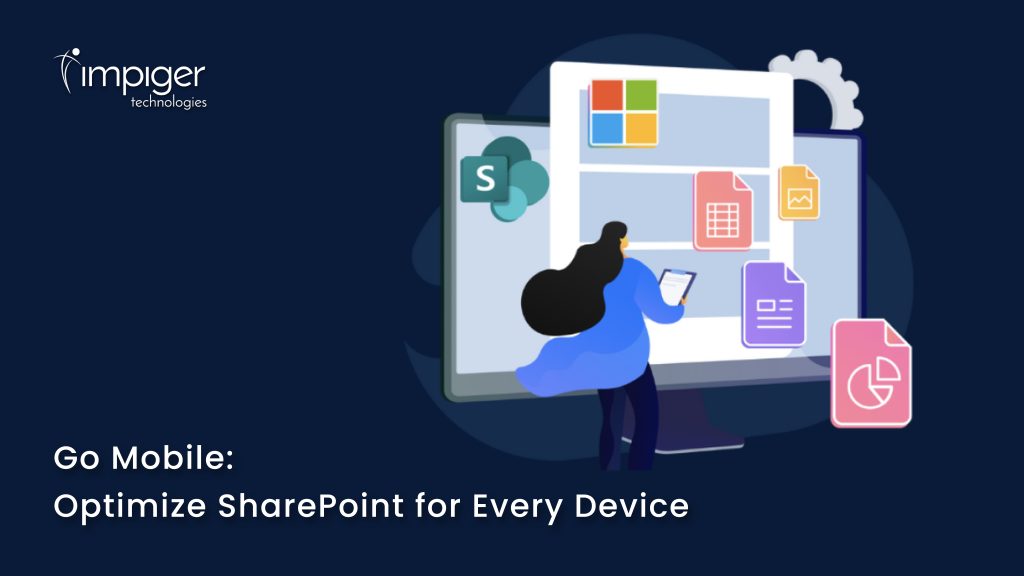Introduction
The world of software development is constantly evolving, and monolithic applications are slowly becoming a relic of the past. Microservices architecture (MSA) has emerged as a popular alternative, offering a more agile, scalable, and maintainable approach to building complex applications. However, implementing MSA effectively requires robust integration capabilities. This is where WSO2 Enterprise Integrator (EI) comes in.
What is Microservices Architecture?
MSA breaks down an application into smaller, independent services. Each service owns a specific business capability and communicates with others through well-defined APIs. This approach offers several advantages:
- Agility: Individual services can be developed, deployed, and scaled independently, accelerating development cycles.
- Scalability: You can scale individual services based on specific needs, ensuring efficient resource utilization.
- Fault Isolation: If one service fails, it doesn’t affect the entire application.
- Tech Stack Flexibility: Different services can be built with different programming languages and technologies.
WSO2 EI: The Integration Backbone for Microservices
While MSA offers numerous benefits, it also introduces integration challenges. WSO2 EI steps in to bridge the gap between microservices, providing a powerful platform to:
- API Management: WSO2 EI acts as an API Gateway, exposing microservices as well-defined APIs for efficient consumption.
- Data Transformation & Routing: Transform data between different formats and route it seamlessly between services based on business logic.
- Event-Driven Communication: Enable asynchronous communication between services using a publish-subscribe model for loosely coupled interactions.
- Security & Governance: Enforce security policies, access control, and monitor API usage for a secure microservices environment.
Challenges in Microservices Architecture
Implementing MSA comes with its own set of challenges:
- Service Interdependencies: Managing interdependencies between microservices can be complex.
- Data Management: Ensuring consistent and efficient data management across services.
- Monitoring & Logging: Effective monitoring and logging are crucial for identifying issues and maintaining service health.
How WSO2 EI Addresses These Challenges
WSO2 EI provides solutions to these challenges by offering:
- Centralized Management: Manage all microservices through a single, unified platform.
- Advanced Monitoring Tools: Track the performance and health of services with integrated monitoring tools.
- Efficient Data Handling: Utilize built-in data transformation and routing capabilities.
Benefits of Using WSO2 EI with Microservices
- Simplified Development: WSO2 EI’s graphical interface and pre-built connectors streamline integration development.
- Improved Efficiency: Focus on business logic within microservices, leaving integration complexities to WSO2 EI.
- Enhanced Agility: Quickly adapt integrations when microservices evolve, thanks to WSO2 EI’s flexibility.
- Resilient Architecture: WSO2 EI’s built-in features, such as load balancing and fault tolerance, ensure the high availability of your microservices ecosystem.
Best Practices for Implementing MSA with WSO2 EI
- Start Small: Begin with a few critical services to minimize complexity.
- Prioritize Security: Implement robust security measures from the outset.
- Regular Monitoring: Continuously monitor and optimize your services.
Final Thoughts
By leveraging WSO2 EI, you can unlock the full potential of microservices architecture and build dynamic, scalable, and future-proof applications. WSO2 EI provides a comprehensive integration platform that simplifies development, enhances agility, and ensures a robust and secure microservices environment.
Whether you’re a seasoned developer or just starting your journey with microservices, WSO2 EI can be a valuable asset in building modern, efficient, and adaptable software systems.
Ready to transform your architecture with WSO2 EI? Contact us today for a demo or consultation and start your journey towards a more efficient, scalable, and secure microservices environment.
Blog Reviewed by Kumaresan Selvaraj




